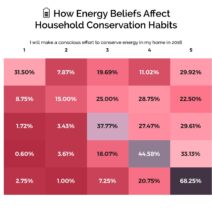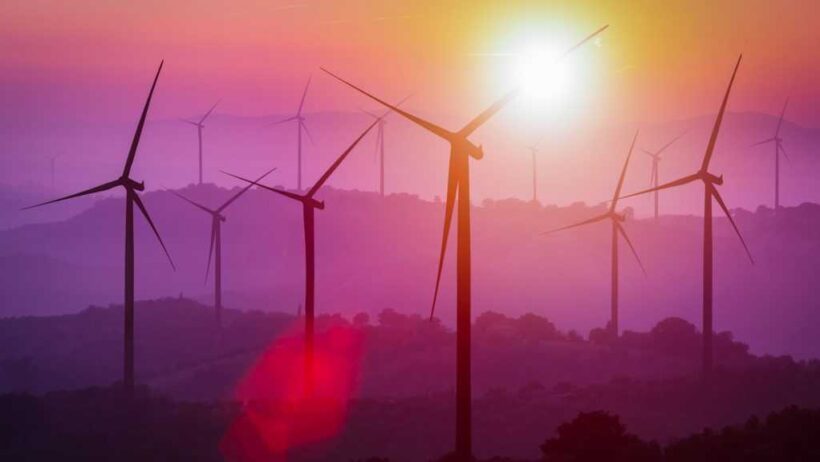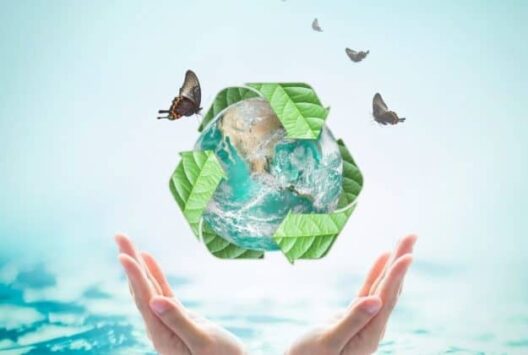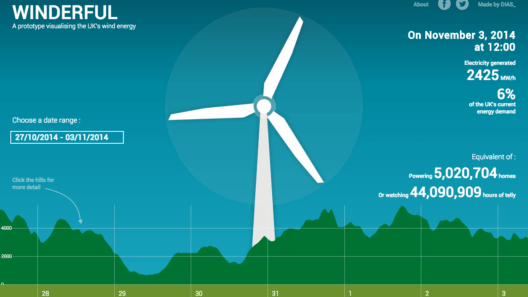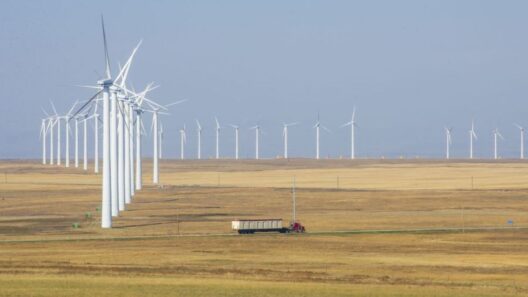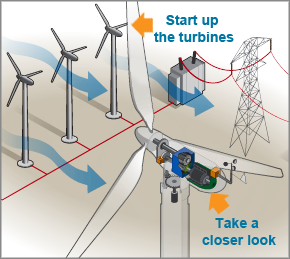The allure of wind energy is akin to a mesmerizing dance of nature’s breath, as majestic turbines harness the invisible currents sweeping across the land. Wind power, a renewable resource, has emerged as a beacon of sustainable energy, promising to lower our carbon footprint while providing an alternative to fossil fuels. However, as we delve into the realm of this eco-friendly energy source, it becomes imperative to elucidate the various dimensions of its environmental impact.
Understanding the Environmental Footprint of Wind Power
At first glance, one might perceive wind energy as an unmitigated boon for the environment—a clean and inexhaustible resource challenging the looming specter of climate change. Nevertheless, like a coin with two sides, the journey of wind energy from the ethereal breeze to a source of electricity brings forth an array of environmental considerations that cannot be overlooked. As we embark on this exploration, we will dissect the environmental footprint of wind power, paving the way for a more informed dialogue surrounding this burgeoning sector.
Machinations of Production: The Lifecycle of Wind Turbines
To comprehend the impact of wind energy, we must first examine the lifecycle of wind turbines themselves. These towering structures, often perceived as symbols of progress, do not materialize from thin air. The manufacturing of wind turbines requires significant resources. Components such as the rotor blades, tower, and generator necessitate the extraction of raw materials, including metals and non-metallic substances. The most common materials used are steel, concrete, and fiberglass, each carrying its ecological burden during extraction, production, and transportation.
The production process emits greenhouse gases, primarily carbon dioxide, thus negating some beneficial aspects of wind energy. Moreover, the energy expended in manufacturing and transporting these colossal machines raises questions about sustainability. The practical paradox is apparent—while wind turbines provide renewable energy, their production might contribute to initial environmental degradation.
Landscape Alteration: A New Dynamic for Flora and Fauna
As nature’s original blueprint molds from one form to another, the installation of wind farms introduces a new echelon to the complex ecosystem. Vast expanses of land are transformed into arrays of spinning turbines, leading to habitat alteration for numerous flora and fauna. Constructing wind farms involves clearing land and sometimes erecting access roads, which can disrupt existing ecosystems, leading to the displacement of wildlife.
Furthermore, the presence of these towering structures poses various challenges to avian species. Birds, often viewed as poets of the sky, find themselves at risk of collision with rapidly rotating blades. While considerable research has been directed towards mitigating this risk through turbine positioning and design modifications, instances of avian mortality remain a point of contention amongst environmentalists and engineers alike. The impact of wind turbines on local wildlife is multifaceted; it can encourage birds to change flight trajectories and even influence breeding behaviors, casting ripples through ecological networks.
Noise and Visual Pollution: The Aesthetics of Wind Energy
Wind farms, while striking against the horizon, also create a unique blend of visual and auditory experiences for nearby communities. Residents near such installations often experience a change in landscape aesthetics, prompting discussions about the subjective nature of beauty and the greater good of renewable energy. The rhythmic whoosh of turbine blades creates a symphony of sound that, while harmonious in theory, sometimes clashes with the peace sought by rural dwellers. Studies indicate that noise pollution can have adverse effects, from disturbing wildlife to prompting a decrease in property values. Balancing the pursuit of clean energy with the rights and sentiments of individuals living in proximity to wind farms is a critical challenge facing the industry.
Mitigating Negative Impacts: The Path Forward
Acknowledging the environmental impacts of wind energy does not signal a retreat from its adoption. Instead, it invites innovation and responsible practices. Efforts to mitigate the adverse effects associated with wind farms are paramount. Improved turbine designs, such as those featuring bird deterrents and enhanced technology for analyzing migratory patterns, strive to reduce wildlife fatalities.
Site selection is also critical. Choosing locations with minimal ecological disturbance can preserve sensitive habitats. Additionally, developing offshore wind energy has emerged as a promising alternative, offering vast spaces where the impact on terrestrial ecosystems is significantly minimized. The integration of wind power within a broader, diversified energy strategy can maximize its benefits while curbing potential environmental challenges.
In Conclusion: A Sustainable Horizon
The evolution of wind energy is ongoing, evolving in tandem with our understanding of its multifarious impacts. The task ahead requires a delicate balance between leveraging nature’s gifts and exercising stewardship of the environment. As we stand at the precipice of climate responsibility, wind power, with its magnificent turbines silhouetted against the horizon, remains a crucial piece in the puzzle of sustainable energy. As such, foreseeing a future intertwined with wind energy comes with the cognizance that even the cleanest forces can cast shadows, reminding us that awareness and adaptation are paramount in our quest for a more sustainable world.

